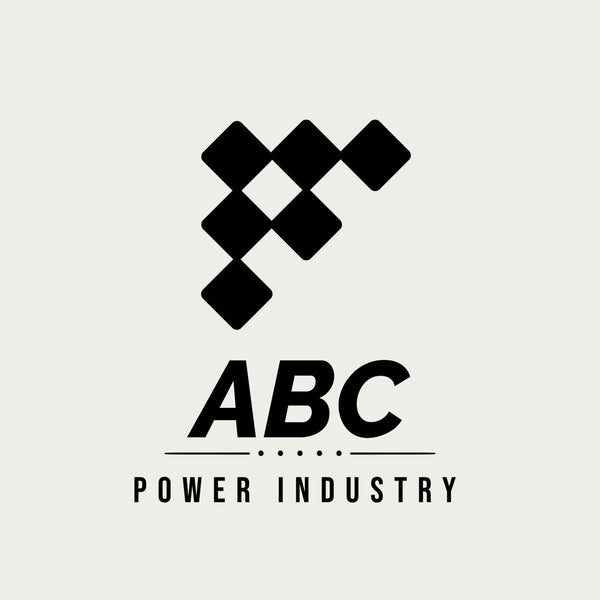Joins


A ball eye, also known as a ball and socket eye or ball clevis, is a type of hardware used in overhead power line systems for connecting suspension insulators or strain insulators to the supporting structures. Here are some key characteristics and features of a ball eye:
1. Design: A ball eye consists of a ball-shaped and socket-shaped end. The ball end is typically attached to the insulator, while the socket end is used for connection to the supporting structure or hardware.
2. Material: Ball eyes are commonly made of high-strength materials such as steel, aluminum alloy, or ductile iron. The choice of material ensures the necessary mechanical strength and durability for use in overhead power line systems.
3. Connection: The socket end of the ball eye is designed to fit into a corresponding socket or clevis bracket on the supporting structure or hardware. The connection is secured using a pin or bolt, which passes through the socket and holds the ball eye in place.
4. Swivel Functionality: The ball and socket design of the ball eye allows for a swivel or rotational movement. This swivel functionality enables the insulator to adjust its position and orientation in response to external forces, such as wind or conductor movement. It helps reduce stress on the insulator and the supporting structure.
5. Electrical Insulation: In some cases, the ball eye may have insulating properties or coatings to provide electrical insulation and prevent any electrical contact between the insulator and the supporting structure.
6. Load-Bearing Capacity: Ball eyes are designed to withstand the mechanical loads imposed on the insulator, such as wind load, conductor weight, and mechanical stresses. They are engineered to have sufficient strength and load-bearing capacity to support the insulator and the forces acting on it.
7. Corrosion Resistance: Ball eyes are typically designed to withstand outdoor conditions and are made of materials that offer corrosion resistance. This ensures long-term performance and reliability in various weather conditions.
8. Easy Installation and Maintenance: Ball eyes are designed for easy installation and maintenance. They usually have standard dimensions and can be easily attached to the insulator and supporting structure. Periodic inspections are necessary to ensure the integrity of the ball eye and detect any signs of wear or damage.
Ball eyes are essential components in overhead power line systems, providing a secure and flexible connection between insulators and supporting structures. Their ball and socket design allows for movement and adjustment, ensuring the stability and integrity of the power line system.
